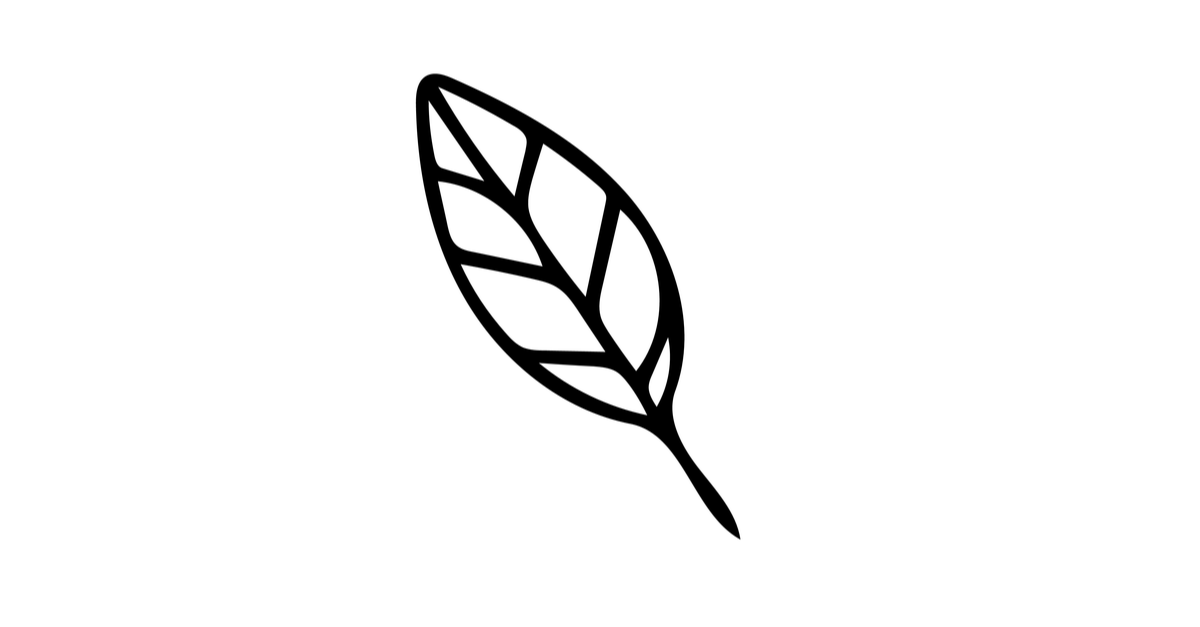Creativity and Leadership, part II
I'm still thinking about creativity and leadership (part I here).
Focusing on inspiring creativity and leadership in early teens (~10 - ~16) feels like an interesting opportunity for learning and growth. Students that age can create products and services of value to others, but they are also still in learning mode. Lessons and experiences for leadership will have lasting impact on their lives.
I've created an Outschool course. Easy to get going, easy to get feedback on process and learning tools, and low cost commitment for learners interested in creativity and leadership.
Consider the outcomes of a short Outschool course for the learners. It could look like a bell curve:

The far left hand side are learners with no change. The course didn't connect or inspire them, it was a misspent few hours. The second segment of the curve are learners who found the work interesting, perhaps made a connection somewhere with other activities in their lives, but generally went on the same trajectory they were on.
The third segment are inspired. Students in this cohort engaged with the material and the work, felt inspired and experienced a measurable shift in their confidence to try new ideas and inspire others. If there is even a 10% improvement in these measures, imagine the impact of the different trajectory each of the learners over the course of a lifetime. Creativity and leadership compound.
The far right segment are the converted. They are not only inspired, they are changed. A light bulb goes off: they desire to follow the practice as far as it will go, building on the work from the course in their free time such that they are continuously creating and pushing new creative boundaries. The course lights as spark that can change a lifetime.
The key question is what percentage of the learners fall in each bucket? Time will tell. So many variables drive that - the population the learners are drawn from, the student selection process, the mode of learning, the charisma of the instructor, the course materials, etc. I see that complexity as the opportunity - the more variables the more opportunity there is to test, learn, and iterate for improvement.
Over time, the opportunity is two-fold. First, using feedback tools from the Outschool platform move more learners to the right on the distribution curve. If iterations in content, delivery and process can shift ~10% of each segment one bucket to the right each time the course is taught, the long term improvement would be enormous.
Second, design follow on activities to continue supporting the far right learners. Think of the initial course as both foundational learning and a sorting mechanism to find this cohort of passionate creators. What could ongoing support look like?
I don't know. It could be more Outschool courses, cohort based learning among similarly inspired peers. It could also be a wider ranging community, providing comradery, tools and shared learning among a similarly aged, similarly inspired group of creative leaders.
It could also be a full organization, building tools to help these creators thrive. I imagine some of the projects will be analog and local: an art project, a community service day, or a dogwalking business. But, given the demographic and long term trends, many of these projects will be digital and global: a digital book, an NFT, a online store. Could an organization support creators to safely (a huge consideration) realize the visions of these projects? That could mean building tools to support distribution, community support, payments, parental consent, and more. Safely connecting these creators to existing platforms like Etsy, Stripe, and Outshool.
So, the project to support creativity and leadership could itself be an exploration of the same concepts. Hopefully, in the right tail for the distribution of outcomes.
